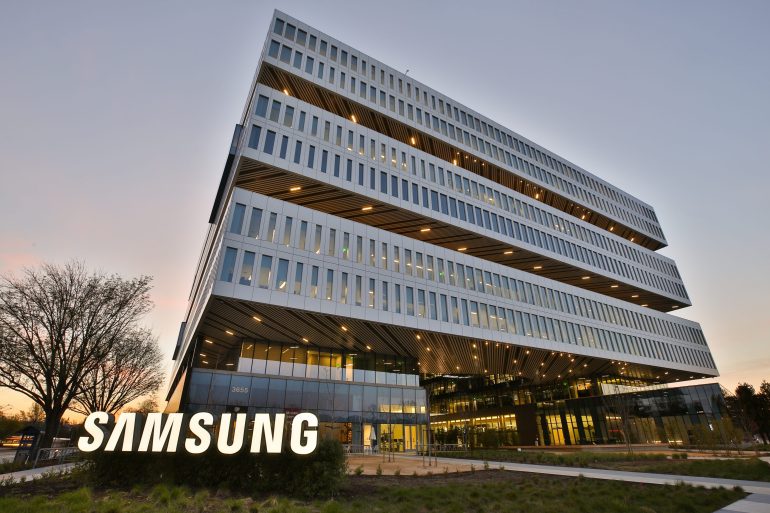Samsung, long regarded as a leader in consumer electronics, is facing a moment of reckoning. Its smartphone division, once the uncontested king of Android, now finds itself under pressure from a rapidly evolving market. With Chinese competitors eroding its dominance and Apple tightening its grip on the premium sector, Samsung’s response to these challenges is telling. The company has signalled a ‘do-or-die’ strategy — aggressively pursuing mergers, acquisitions, and strategic partnerships to reignite growth. But is this enough to secure its future?
The fight for relevance
Samsung’s smartphone business has seen declining profit margins, despite maintaining strong sales volumes. The company’s approach has been to double down on foldable technology, hoping that its early lead in this category will insulate it from mounting competition. However, rivals such as Huawei, Xiaomi, and Honor are rapidly catching up, offering similarly advanced foldables at more competitive price points.
Meanwhile, in the broader tech ecosystem, Samsung’s influence is being challenged. While it remains a dominant force in semiconductor manufacturing and display technology, its reliance on mobile as a key revenue driver means any stagnation in this sector poses a significant threat to its financial health. Reports indicate that Samsung is actively seeking major deals to sustain its position, with potential acquisitions in the semiconductor and AI space on the table. The company’s leadership has described this as a ‘do-or-die’ moment — one where failure to evolve could lead to irrelevance.
The innovation question
Samsung has built its reputation on pushing the boundaries of hardware technology. Yet, recent iterations of its flagship Galaxy S series have leaned more toward refinement than reinvention. AI-driven photography, incremental processor upgrades, and subtle design tweaks have taken centre stage in recent years. While these updates enhance the user experience, they raise the question of whether Samsung is still setting the pace or merely keeping up.
With the rise of AI-powered devices and increasing integration between software and hardware, Samsung faces the challenge of proving that it can compete not just on technical specifications but on user experience. Apple’s ecosystem-driven approach has given it an edge, while Google’s Pixel series is steadily carving out a niche with its AI-first strategy. If Samsung is to maintain its relevance, it needs to do more than iterate — it must truly innovate.
The competitive landscape
Beyond hardware, Samsung must navigate an increasingly complex competitive landscape. The brand’s dominance in Android smartphones has come under threat from companies that can produce high-quality devices at lower prices. Xiaomi, Vivo, and Oppo have leveraged aggressive pricing strategies and rapid innovation cycles to capture market share in key regions, particularly in Asia and Europe.
At the same time, regulatory challenges and supply chain constraints have made it harder for Samsung to maintain its lead. The semiconductor shortage that has plagued the industry has impacted production timelines, while geopolitical tensions have made global expansion more complicated. In response, Samsung has looked towards strategic partnerships and acquisitions to fortify its position.
A question of control?
As Samsung fights to retain its dominance, one has to question how it manages its public image. Here in South Africa various concerns have been raised over the years about what appears to be somewhat selective media engagement by the company. At times, there have been challenges in securing review units or direct engagement when coverage has been less favourable. This is not a new issue — it has surfaced in various forms before. Whether this reflects a broader shift in strategy or is simply a localised issue remains unclear. However, it does raise an uncomfortable question: is Samsung becoming a real-world version of The Emperor’s New Clothes, where only praise is welcomed, and dissent is met with silence?
What comes next?
Samsung’s response to these challenges will define its next decade. If its ‘do-or-die’ strategy succeeds, the company could cement itself as a leader not just in hardware but in the broader tech ecosystem. However, if it fails to execute on innovation and growth strategies, it risks becoming a legacy brand — respected but no longer leading the charge.
The stakes have never been higher, and with competitors rapidly closing in, Samsung has little room for error. The next wave of acquisitions and product launches will determine whether the company remains a tech titan — or struggles to keep up in a market that is evolving faster than ever.


